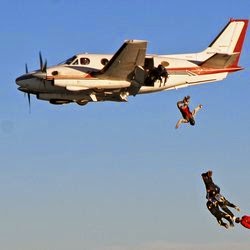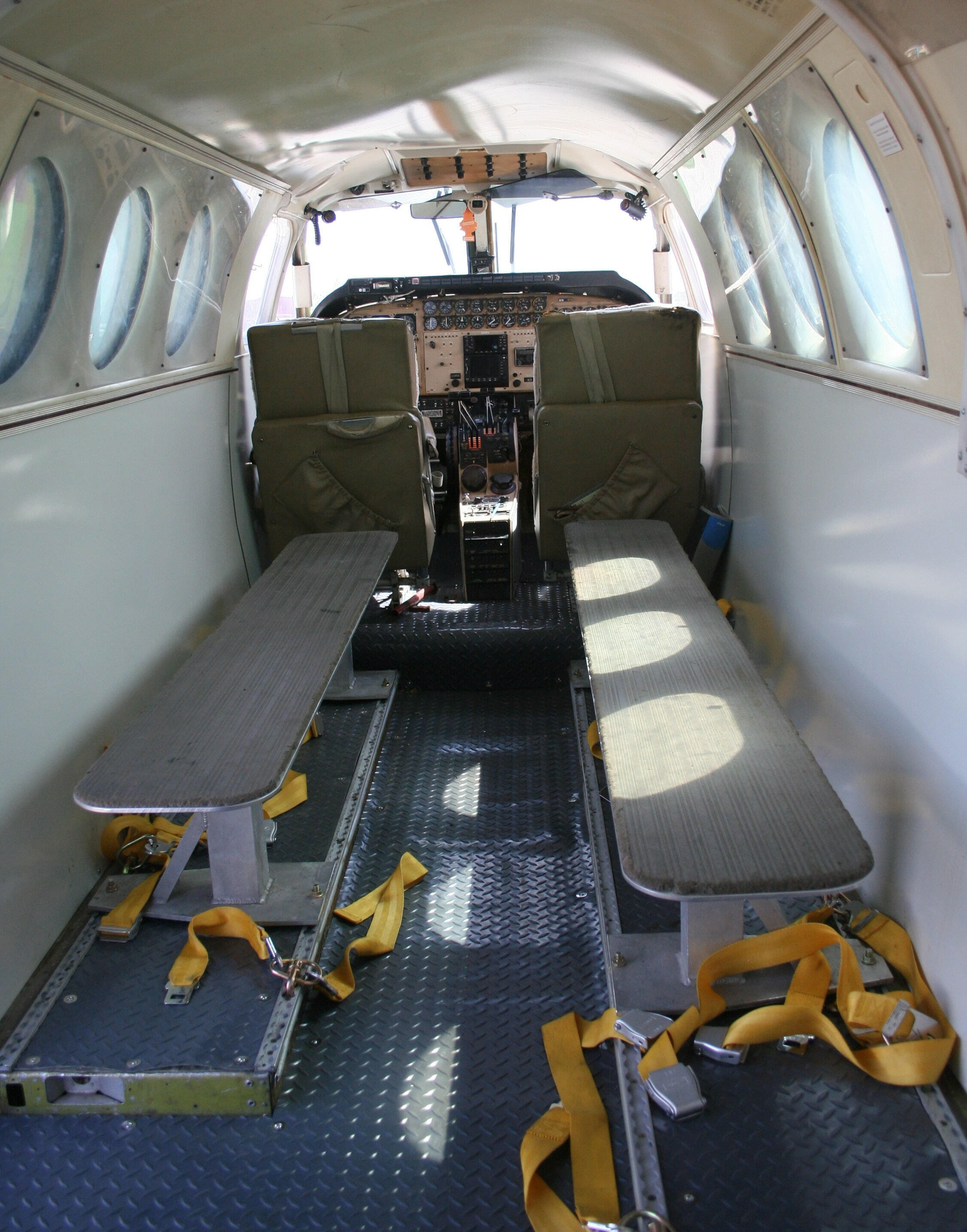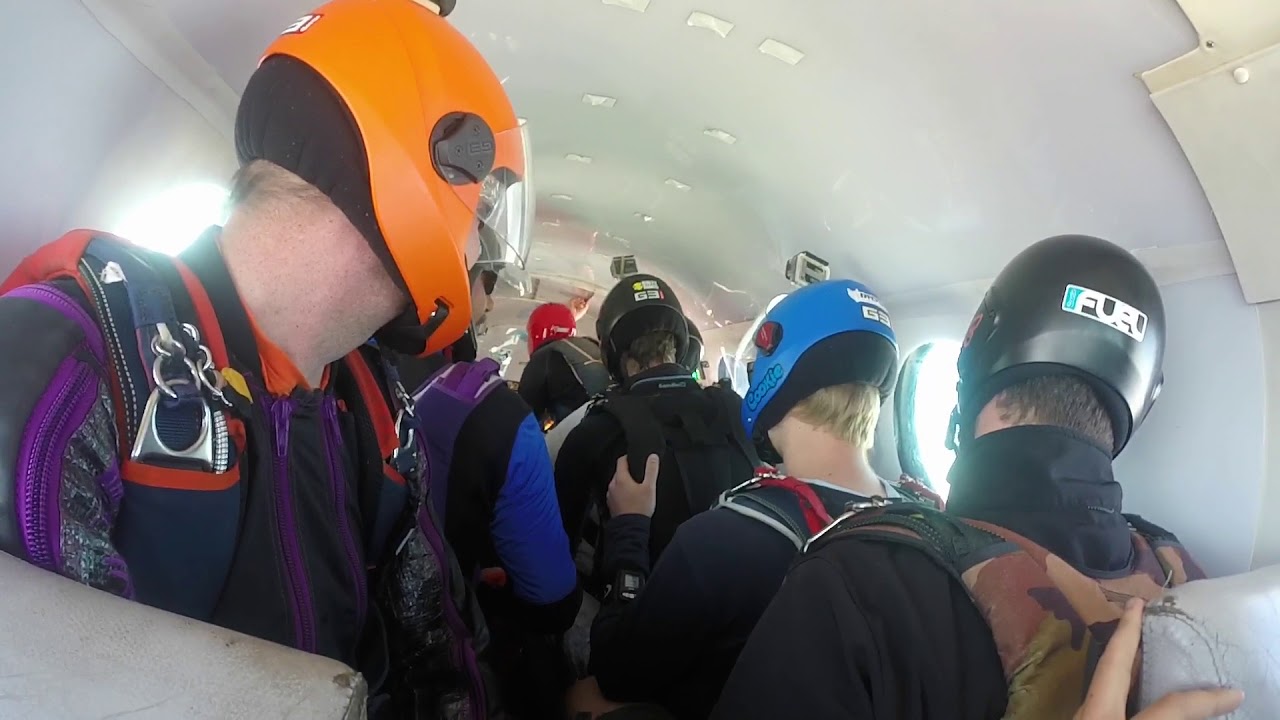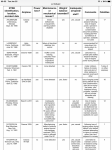It is sad that loss of life has to occur before change happens, but after reading what the NTSB says, I think change is coming.
——————-
From today’s Star Advertiser newspaper
The National Transportation Safety Board is urging the Federal Aviation Administration to increase regulations for aircraft that operate parachuting services in the wake of Friday’s fatal skydiving plane crash in Mokuleia.
“Are we trying to put the FAA on notice for this? Yes,” said Jennifer Homendy, board member of the NTSB. “We identified several safety concerns in 2008 with respect to parachute jump operations. Accidents continue to happen.”
The federal agency held its second briefing following Friday’s Dillingham Airfield crash, which killed all 11 people on board, and it asked that the FAA categorize parachuting service operators so that their planes are required to undergo more extensive maintenance and inspections.
They are currently exempt from safety regulations that operators of other paid aircraft-based services must follow.
“Many times manufacturers will issue special bulletins advising operators to make certain repairs or changes to their aircraft — they aren’t required to comply to those,” Homendy said during Monday’s briefing.
NTSB spokesman Eric Weiss said that in addition to the bulletins, operators of parachuting services have different regulations for “pilot requirements, the requirements for oversight, oversight to training, weight and balance — there are many differences.”
Aircraft operators are categorized by the FAA depending on the type of service they are providing, and they fall into three parts under the 14 Code of Federations Regulations: Part 91, Part 135 and Part 121.
Part 91 operators are under the most lax requirements and don’t have to comply with manufacturer bulletins and other regulations. Part 121 is the strictest category, but Parts 135 and 121 are both stricter than Part 91 operators and apply to paid services.
“If you take money for a flight, that’s the Part 135 flight,” Weiss said. “However, if those people paying for those are parachutists, it goes down to Part 91.”
The NTSB recommended in 2008 that the FAA place parachuting operators into a category that’s stricter than the regulations found in Part 91, though the FAA declined to make those changes.
When asked why, Homendy said, “I think that’s a great question for the FAA. We would like them to follow through with those, but they have not.”
Ian Gregor, an FAA spokesman, said in a statement that safety is the agency’s top priority.
“The FAA takes NTSB recommendations very seriously, and implemented a number of changes to address recommendations the NTSB made about parachuting operations,” the statement said.
In its 2008 safety recommendation letter to the FAA, the NTSB noted that there were 32 accidents in the U.S. involving parachuting operations from 1980 to 2008, which led to 172 deaths. Friday’s crash was the deadliest civilian aircraft accident in the U.S. since 2011.
The NTSB released
a special investigation report that year that analyzed some of the accidents and reported problems that included maintenance issues, noncompliance with airplane weight and balance limitations, failure to maintain airspeed while flying and inadequate execution of emergency procedures, problems the agency said “likely could have been detected by FAA inspectors had adequate direct surveillance visits been performed.”
Tony Skinner, who said he was previously a pilot with Oahu Parachute Center, the operator of the plane that crashed Friday, said that the pilot, Jerome Renck, wasn’t really given much training on the plane.
Skinner said he was just shown how to start the plane, take off, taxi and land. The training also included how to configure the plane for jump runs, where the plane must climb to a certain altitude where the skydivers will jump from.
“It’s not really training,” Skinner said, but more like “familiarization.”
“It’s a complex plane,” he said. “Unfortunately, Part 91 (the FAA regulation) doesn’t have any kind of stringent rules and regulations concerning flying.”
He added, “There’s no training in emergency procedures.”
Most pilots with the company don’t have a lot of flying time, said Skinner, who now works for Hawaii Life Flight, which provides air medical transportation.
U.S. Rep. Ed Case has been outspoken in calling for changes to regulations for recreational aircraft in Hawaii, and also spoke out after the April helicopter crash in Kailua, which killed three people and landed in the middle of a neighborhood.
Case’s concerns revolve around issues of both safety and disruption caused by recreational aircraft.
“It seems inescapable to me at this point that the safety and community disruption regulation is completely insufficient,” he said. “That not only impacts the people that take those aircraft up … but folks on the ground.”
Case also said that because recreational aircraft fly over residential areas, if one crashes it could potentially hurt people not in the aircraft.
“Should we be regulating more rigidly for whether these aircraft can transit over occupied areas? Should we be regulating more rigidly for time of day operations?” he asked. “It increasingly seems like the Wild West in the air over Hawaii, and that’s a very very dangerous and unacceptable situation for us.”





